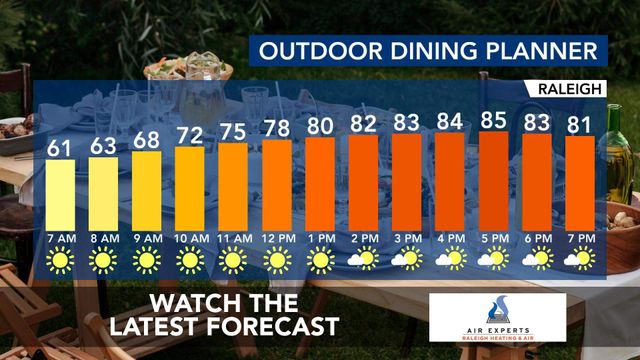How to know what kind of grass you have (and why it's important)

It is now estimated that 81% of Americans own a lawn. Yet as environmental issues and a desire for less maintenance attract consumers, many are looking for types of grass that need very little work. So how do you know what varieties are on your property?
There are many species, and each needs individual care and attention to thrive. Read on as we discuss how to identify types of grass.
How to identify types of grass
Grass is the name given to plants in the Poaceae family. This family has around 12,000 known species within it. Luckily, not all of them get used on lawns and in residential settings.
You need to know the grass in your own home, as each type has its preferences and conditions in which it thrives. This helps you manage and maintain it correctly. If you do not know how to do it, your yard may end up bare and discolored.
Knowing the types of grass can also help decide which is right if you are installing turf or grass. Soil types and climates have specific varieties suited to them. Generally, you can group domestic grasses into warm and cool-season grass.
Warm-season grass
Warm-season grasses tend to grow best in temperatures above 75 degrees and states with long summers and higher temperatures. However, even within these areas, the type of grasses can vary greatly.
In the off-seasons, this grass type will become dormant. As they do, they will take on a brown coloration. Although tough, they will still need rain and regular watering to help them through the stress of the summer months.
Cool-season grass
Cool-season grasses grow in areas where temperatures can fluctuate. They will experience warm summers along with cold and freezing winters. This grass will have its best growth periods during the fall and spring.
In the winter months, grasses of this type will go a yellowish color and become dormant. To complicate matters, areas in North Carolina and Raleigh may have a mix of cool-season grasses and warm-season grasses.
Kentucky bluegrass
Kentucky bluegrass is one of the most popular types of grass for homeowners. It has everything you could want for yard grass with durability and density.
You can identify Kentucky bluegrass by its distinctive blades. They are soft and extremely fine with a rounded tip. Once you have bluegrass on your property, it will return year upon year.
The most growth will occur in the cool seasons. During these times, it can grow quite rapidly and may require regular maintenance. Mowing should be done to a height of around three inches and maintained year-round.
Tall fescue
Tall fescue is another cool-season grass. It is best suited to colder environments or ones that have wide fluctuations between summer and winter.
Much of its popularity comes from its hardy nature. It can survive hot and drought-prone summers. Tall fescue is also very tolerant of shade and able to withstand a lot of foot traffic, making it ideal for family yards and play areas.
It is easy to identify by its very coarse texture. Blades will be wider than Kentucky bluegrass and thicker. Mow the lawn to 3.5 inches and you will have a dense, even texture all over.
Perennial ryegrass
Overseeding is a technique in which grass seed gets planted into turf without ripping up the soil. It fills in bare spots or can improve the density of grassy areas. Perennial ryegrass is very popular for this purpose and is often used alongside other grasses.
You can identify it by its medium and dark green leaves. This lets it blend in almost seamlessly with other cool-season grasses. They are extremely fine yet remain resistant to foot traffic.
Unfortunately, ryegrasses are susceptible to extreme temperatures, both cold and hot. Moderate shade tolerance is another reason it works best alongside other grasses and not alone.
Zoysia grass
Zoysia is another grass that grows in a wide range of conditions. It creates a thick lawn that requires very little maintenance. The light to medium green color gives it a fantastic, fresh appearance.
You can also get it in a wide range of textures. Fine blade varieties are available, and ones with thicker, coarser blades also exist. It is very shade tolerant and requires little water or fertilizer.
The only downside is that it does not work well with cold. It will begin to lose its color extremely quickly if cool spots appear in the weather and climate.
St. Augustine grass
St. Augustine grass is rough-textured grass with broad, rounded blades. One of its many advantages is that it grows extremely quickly and prolifically, crowding out weeds and invaders for an even texture.
However, it is not durable grass that can withstand a lot of foot traffic. Working best in areas that are hot and humid it also needs a lot of sunlight and is not suited for cold climates.
Buffalo grass
Buffalo grass is ideal for people living in dry climates who do not have a lot of time for maintenance. It hardly needs any water, fertilizer, or even mowing.
Within its species, there are a lot of variations. The folded blade type can provide a finer texture should you desire it. Though hardy, it looks even better when maintained and mowed to a height of around 1-2 inches.
Maintaining your lawn
Now that you know how to identify types of grass, you can check what is already on your lawn. It may be a mixture of one or two varieties. From here, you can develop a plan to care for and maintain it.














